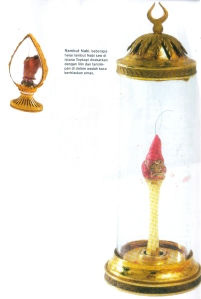Well, time to start lobbying the government in earnest in order to keep abortion out of Ireland. One thing to remember when doing so: be calm and rational - crazy, frenzied rants end up in the rubbish bin. It is the ordered, planned and strong lobbying that works - as we see with the pro-abortion groups.
So, I draw your attention to Christopher McCamley's blog and the advice he gives today on how to lobby the government: it is sound advice. At the heart of his post is advice from a pro-choice campaigner which is actually very good and effective - hence their great success. I am quoting it full here now:
1. Don’t bother lobbying non-government TDs. In this country, the government decides what legislation gets through the Oireachtas, so only government TDs have influence. I keep being amazed at some people who can’t seem to grasp that Fianna Fáil are no longer in government and so are now pointless at being angry at, at least, over this issue. It’s true, if the government decides to have a free vote on abortion legislation then every vote counts but the priority now is getting that legislation into the house with the support of a majority of govt TDs.2. Identify your TD. Ideally go for the government TD who scraped into the last seat. You can see which one did from RTE’s election site here.3. Write, don’t email. TDs are almost superstitious about voters who bother to write letters to them. The theory is that if you went to the trouble of writing a letter, buying stamps and posting it, you will probably go to the trouble of voting. They are afraid of people who definitely vote. Ever wonder why they don’t give a toss about student marches but get sweaty when a group of pensioners start mouthing off?4. Assuming you do actually vote, tell them, and tell them to check the "marked register" (a list of people who actually vote that TDs have access to. People seem surprised, sometimes even outraged that such a thing exists. I don’t know why, as it makes TDs take actual voters seriously.) to see that you actually vote. Then remind them that this issue will not only affect how you vote, but that you will specifically transfer against govt TDs who do not deliver on this issue. Our voting system is almost unique in that it allows you, by denying a preference to a specific candidate, and transferring to every other candidate, to actually vote against someone. They get REALLY nervous when voters realise that.
Time to get writing. As the great Ireland footballer manager Jack Charlton used to say: "Put them under pressure".
And don't forget to pray and fast! If you a Catholic, Christian or member of another faith, I would suggest that we all pray and fast for this cause. We are not just dealing with human power here, there is great evil at work and that evil is powerful so sacrifice and intense prayer are required to overcome it. We give it all into the hands of God, may the victory be his.
And for Catholics: pray to St Gianna Beretta Molla and to the Holy Innocents - the little children martyred by the power of a corrupt state.









